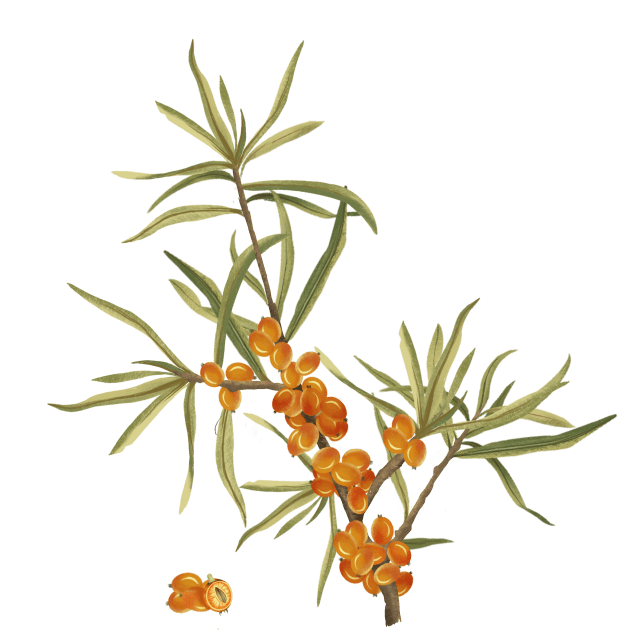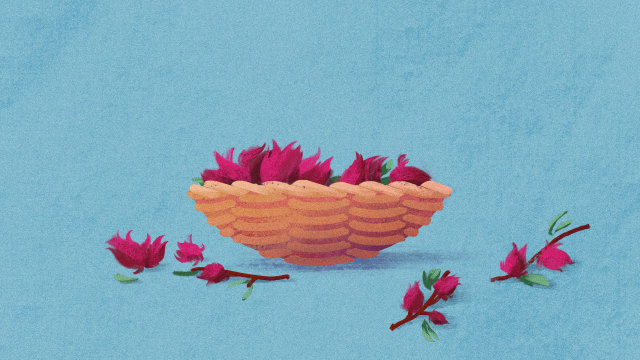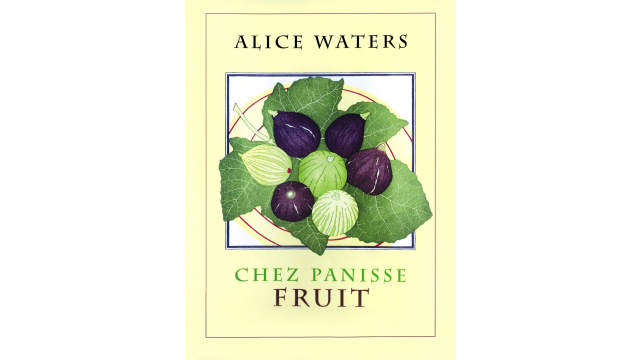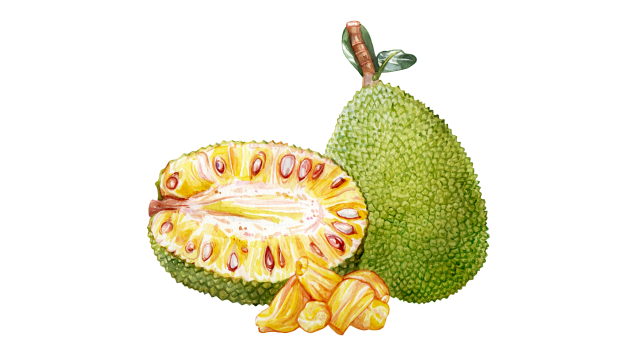Phalsa
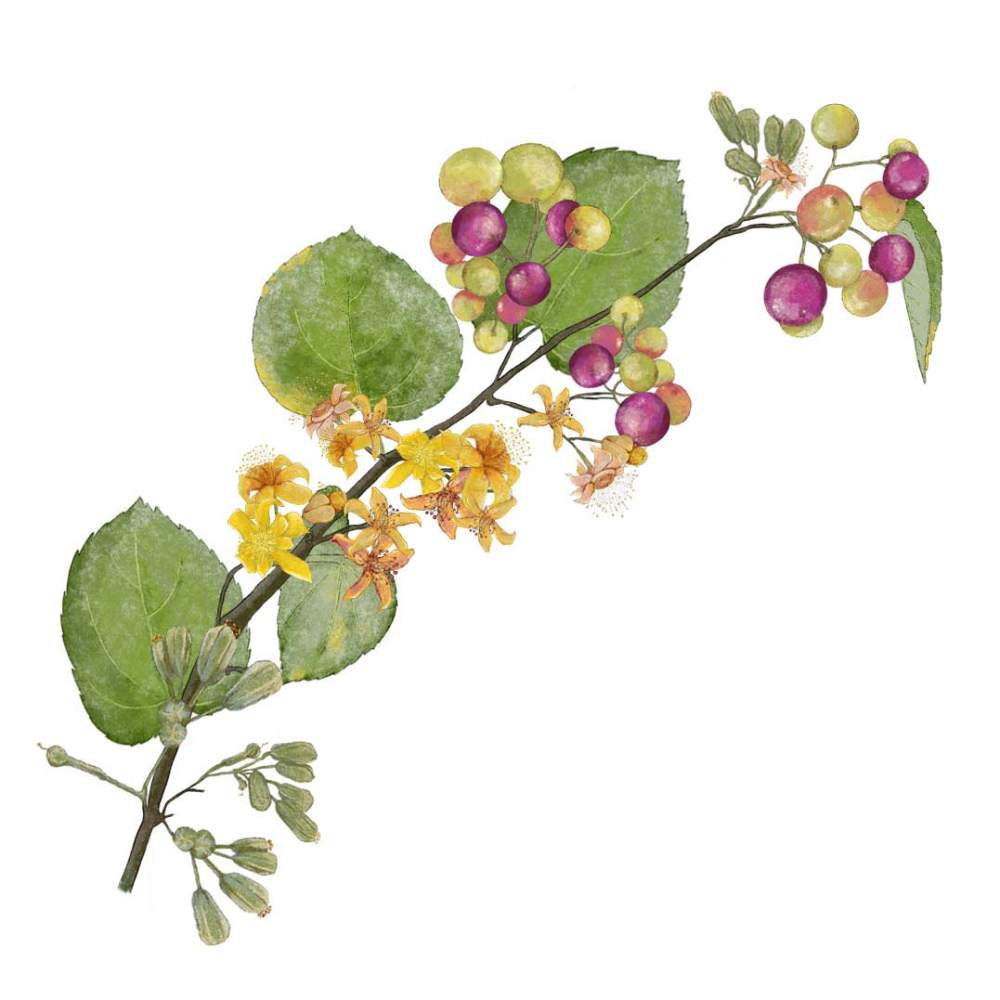
Latin name: Grewia asiatica
Other names: Indian sherbet berry, shukri
Uses: fruit, berry, preserve, juice, jam
Summers in northern India aren’t complete without the familiar sight of carts piled high with small reddish-purple berries, and the distinctive sing-song call of their hawkers. Regarded for its cooling properties, this small wonder berry is one of the astringent, anthocyanin-rich fruits popular during the hot months. It grows in clusters on a tall flowering shrub, and is harvested continuously through the summer, as it ripens in small batches.
Why is phalsa healthy?
This delicate fruit is a powerhouse of nutrients, including vitamin A and C, calcium, iron, and potassium, and some scientific studies claim that it has a range of healing properties that include combating inflammation and even cancer. It is traditionally used in Asia as a coolant to treat stomach flu and indigestion, maintain electrolyte balance and relieve joint pain. Studies suggest that the fruit may be beneficial in keeping heart disease at bay, maintaining liver health, treating fever, and throat infections. The presence of vitamin C and iron combat anemia, fight fatigue and boost access to collagen. According to some studies, phalsa juice has a low glycemic index and may help to manager diabetes.
What does phalsa taste like?
Tangy and tart, phalsa tastes similar to more sour grape varieties. The berry rots quickly, so it must be plucked when mature and consumed within a few days. The berries are usually in a mix of ripe (soft, almost black, sweeter) and unripe (harder, ruby-hued, more sour) fruit. Phalsa is sometimes sour, always tangy, and often sweet.
Where does phalsa grow?
Phalsa’s native range extends from Iran to Australia, but it is most commonly found in South Asia. It can now also be found in other warm parts of the world, including regions of the Americas.
How do I prepare phalsa and what do I pair it with?
Due to its large, hard seed, phalsa can be challenging to prepare, but all parts of the phalsa plant are usable – from the root to the bark and even the leaves. You can eat it raw with a sprinkle of black salt—as it is sold on carts in India—and spit out the seeds. Or pulp and strain the berries, macerating them in sugar first if you wish. Use the pulp to make juice, squash, shrub or sherbet, or even phalsa sorbets or popsicles. Phalsa can also be used in pickles, chutneys, jams and compotes. Spread these on toast, pancakes, or add them to your morning granola.
Surprising Fact:
Growing on a shrubby tree, the phalsa is the only edible variety in its family of 150-odd plants. But while it is loved across the Indian subcontinent, it's considered a weed in Australia.
